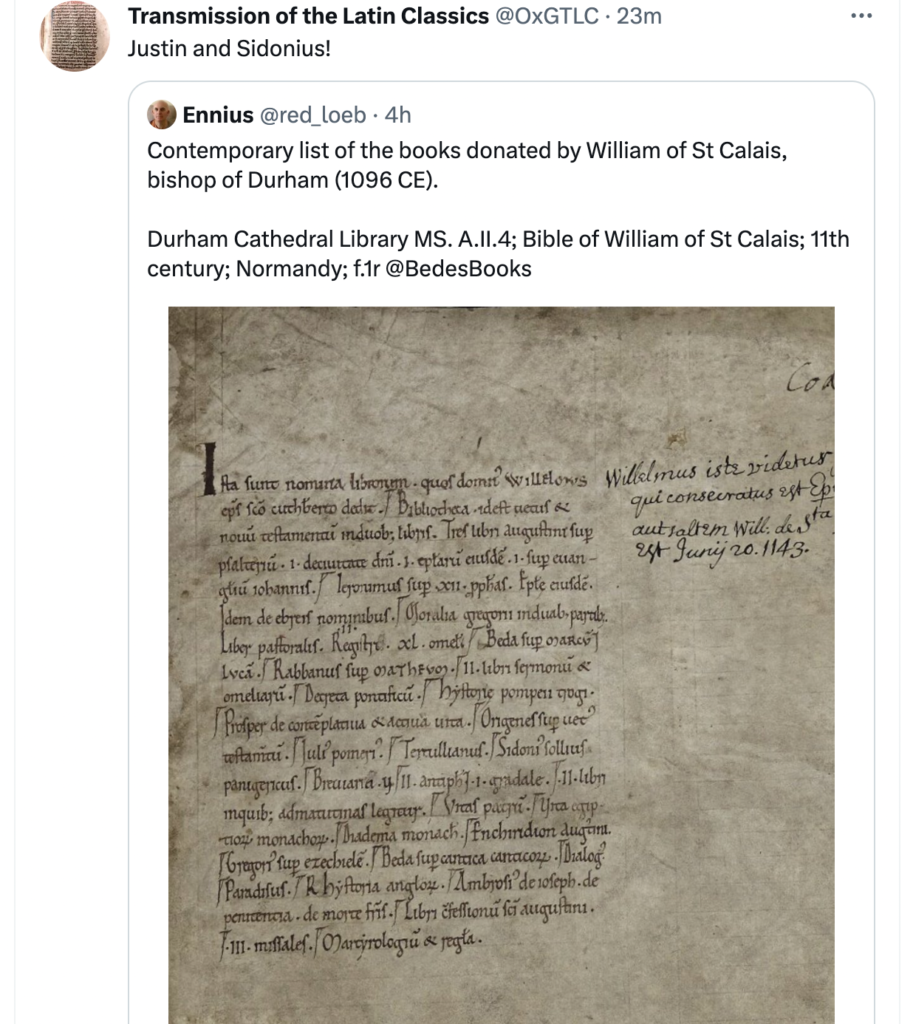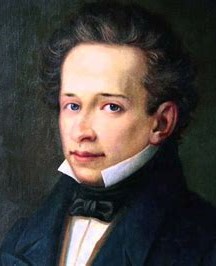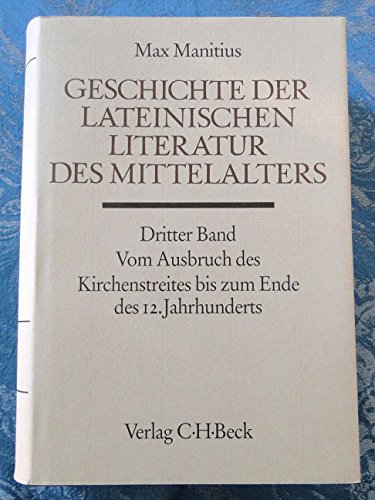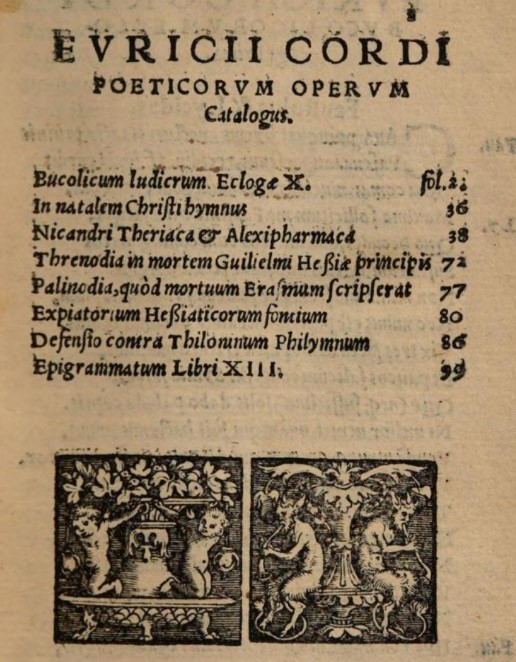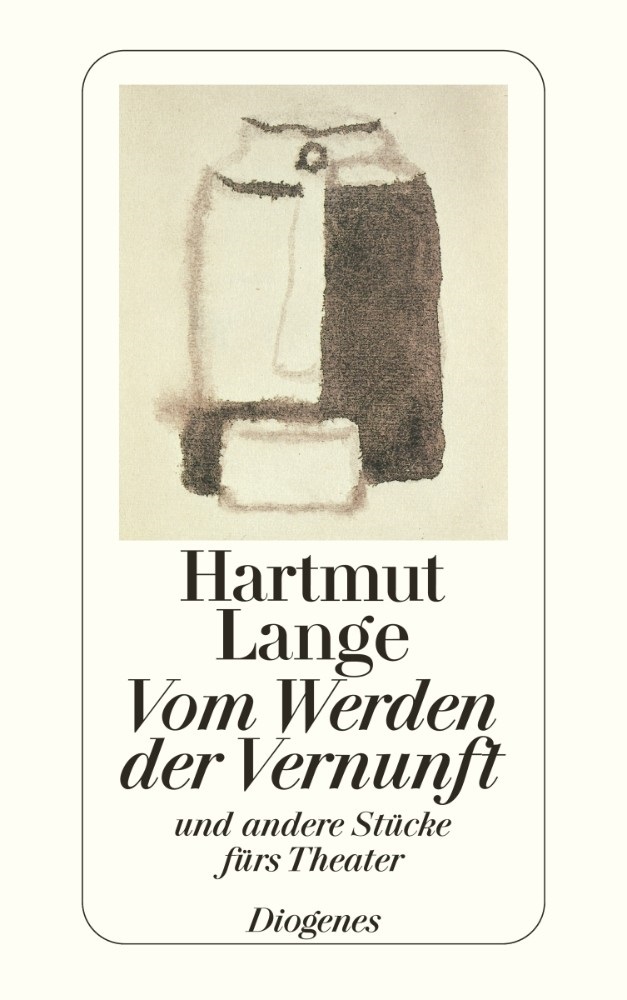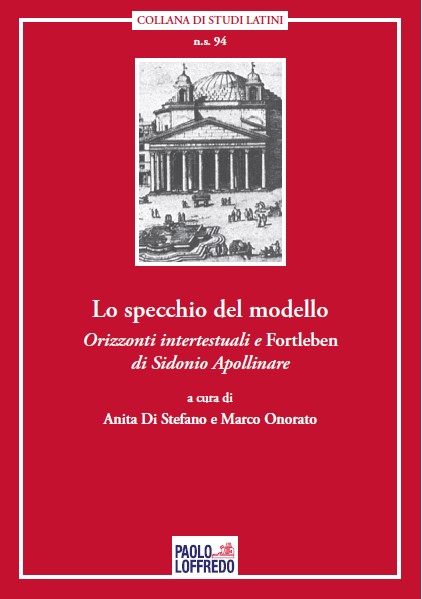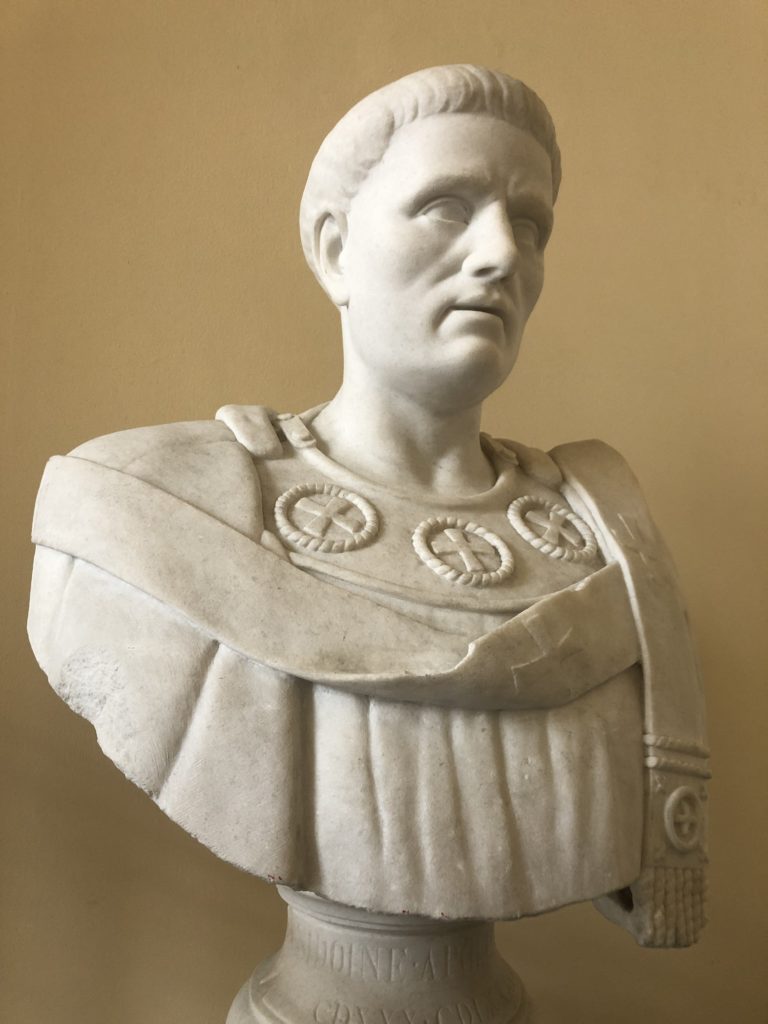INVITATION TO THE DANCE
As a surprise, a full-blown classical piece for chorus and orchestra with this title from 1936 by the American composer Arthur Sheperd turned up in a recent haul through Google. It is set to the text of Sidonius’ ‘Age, convocata pubes’ in an adaptation by Howard Jones. Below the results of a first investigation, added to the Reception – Other – United States section of this website.
Who knows of a recording of this piece?
Arthur Sheperd (1880-1958), Invitation to the Dance for chorus and orchestra (1936) on a poem by Howard Mumford Jones (1892-1980) after Sidonius Apollinaris, Carm. 37 in Ep. 9.13.5 ‘Age, convocata pubes’:
Spread the board with linen snow.
Bid ivy and the laurel grow
Over it, and with them twine
The green branches of the vine.
Bring great baskets that shall hold
Cytisus and the marigold,
Cassia and starwort bring
And crocuses, till everything,
Couch and sideboard, all shall be
A garland of perfumery.
Then with balsam-perfumed hand
Smooth disheveled locks; and stand
Frankincense about, to rise —
An Arabian sacrifice —
Smoking to the lofty roof.
Next, let darkness be a proof
That our lamps with day may vie,
Glittering from the chamber’s sky.
Only in their bowls be spilled
Oil nor grease, but have them filled
With such odorous balm as came
From the east to give them flame.
Then bid loaded servants bring
Viands that shall please a king,
Bowing underneath the weight
Of chased silver rich and great.
Last, in bowl and patera
And in caudron mingle a
Portion of Falernian wine
With due nard, while roses shine
Wreathed about the cup and round
The cup’s tripod. We’ll confound —
Where the garlands sway in grace
From vase to alabaster vase —
All the measures of the dance;
And our languid limbs shall glance
In a mazy Mænad play.—
Step and voice shall Bacchus sway,
And in garment let each man
Be a Dionysian!
See William S. Newman, ‘Arthur Sheperd’, The Musical Quarterly 36,2 (1950) 159-79, esp. 172; Archives West, entry ‘Arthur Sheperd’, Choral works 9.1; WorldCat, entry ‘Invitation to the dance’. Text from Philip S. Allen, The Romanesque Lyric, with renderings into English verse by Howard M. Jones, University of North Carolina Press, 1928, reprinted in An Anthology of World Poetry, ed. Mark Van Doren, New York, 1928, p. 453-54, where Sheperd may well have found it; also available here and here.


